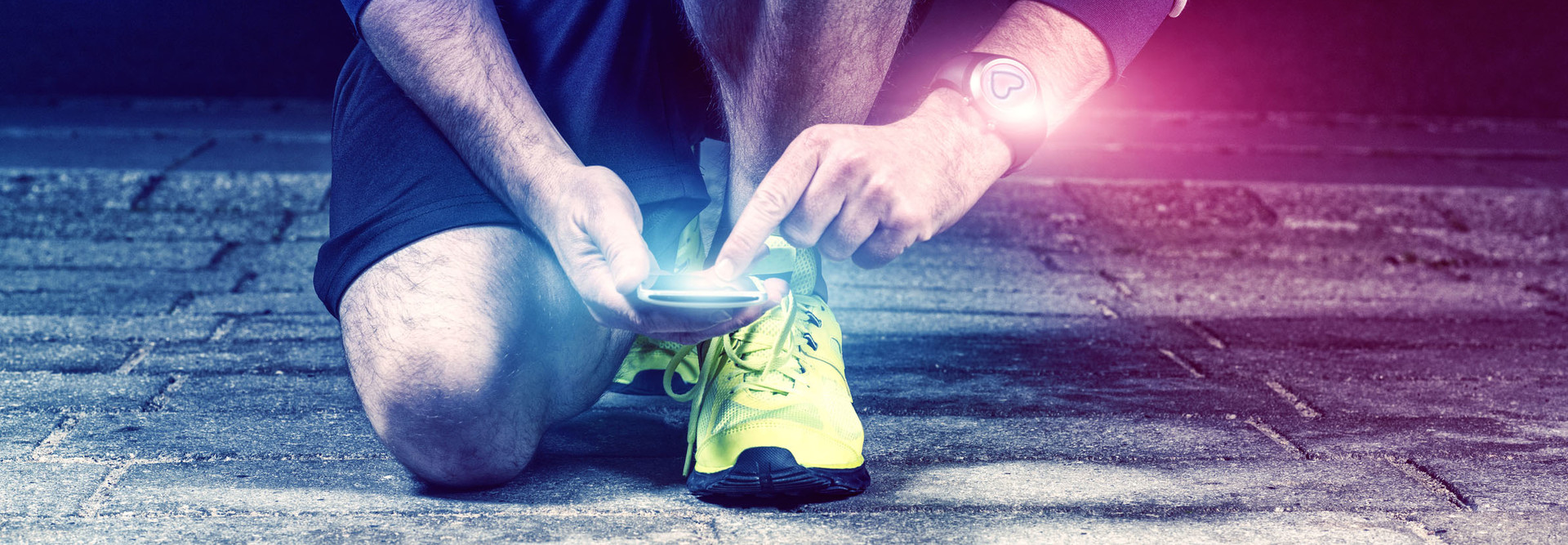New Technology Strives to Make Sports Safer for Players
Equipment staffers at the University of Texas at Austin are improving the safety of Longhorn football players by using new technology inside helmets to monitor the hits players take.
The team is using Riddell InSite Impact Response System helmets, according to UT Austin athletic trainer Anthony Pass. The helmets are equipped with sensors that measure the acceleration of a hit, as well as the location, direction and severity. The sensors then send this data to a handheld device, enabling training staff to keep tabs on each player during practices and games.
“If a hit’s hard enough and the magnitude is great enough, it’ll give me a signal on my handheld device that, ‘Hey, player X has sustained a hit,’” Pass says. “If that hit was there but the magnitude wasn’t as high typically a college player would get, I won’t see that” on the handheld device, he says.
UT Austin is one of numerous sports organizations looking to technology to help make sports safer. Frequent concussions and the number of hits that players take have become growing concerns among athletes, coaches and fans, especially in high-impact contact sports such as football, hockey and soccer. Solutions that provide more information on the impacts athletes take — and the effects they have — can help prevent serious injuries and lessen their accumulation over time.
MORE FROM BIZTECH: Check out how VR and drones give sports teams a competitive advantage!
High-Tech Mouthguards Protect Players
In another football-related safety effort, researchers at Davidson College in North Carolina received data from numerous college and high school programs that was collected by mouthguards with built-in sensors. These mouthguards also come equipped with a gyroscope and an accelerometer.
The gyroscope tracks the location of the player’s head in space, offering precise information about an object’s orientation — similar to the mechanics of a video game controller. The accelerometer measures a player’s speed and movement through space.
According to a video released by PBS’s NOVA, when a player gets hit, the sensors register not only where the player got hit, but how hard the player was hit. If the hit exceeds a certain threshold, the device sends an alert via Bluetooth to a coach or trainer on the sidelines, who can then pull the player off the field for a medical evaluation.
Thousands of athletes at all levels use these mouthguard devices, from multiple manufacturers, collecting data about the kinds of hits that are particularly dangerous. Kendall Thomas, an athlete and undergraduate researcher at Davidson, and Tim Chartier, an applied mathematician at Davidson, analyzed more than 20,000 data points.
They found that when football players become tired, they drop their heads. In other words, they look at the ground as opposed to looking up. Thomas and Chartier say this exposes the crown of the head, putting the neck and spine at risk. The researchers also found that athletes in some positions, such as linemen, get hit more often. These players are hitting the front of their heads during collisions with opponents, then hitting the backs of their heads when they hit the ground.
Wearables Improve Safety on the Field
Following a White House summit on concussions in 2014, Seattle-based X2 Biosystems started working with Major League Soccer to develop a wearable device that tracked the number of head hits players take during the course of a game.
The X-Patch Pro impact sensors are worn behind a player’s ear, using a small adhesive strip. The sensors record head impacts and send the information to an impact data management app on a tablet device for instant viewing — and action — by coaches and trainers.
Professional sports leagues such as the NFL, NHL and MLS are using the devices, as are high school and college programs, as well as the U.S. Army for training exercises.
Although technology can’t alleviate all injuries, these new devices can point out early warning signs and notify coaches and trainers of potential issues.








